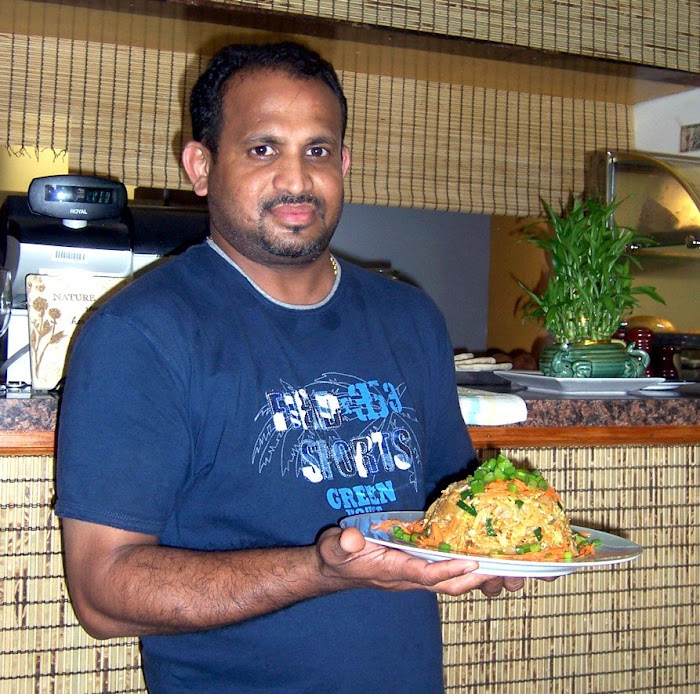I usually write about places I visit, but I'm lucky to have received quite a few great free food books because of my newsletter, Noshnews. Note that I didn't say cookbooks, because the best of these are food compendia. Here are quick reviews of three recent favorites, all published by Robert Rose, based in Toronto.
My newest favorite is "The Science of Good Food" by David Joachim and Andrew Schloss, which calls itself the "ultimate reference on how cooking works." What I love about it is, well, everything. The layout is gorgeous, they use a nice heavy shiny paper stock, the photos are colorful and clear, and the language is utterly user-friendly, especially helpful for those of us who are not scientists.
For instance, the entry on "flavor" describes what it is, what it does nad how it works, discussing how our mouth recognizes the five tastes - sweet, salty, sour, bitter and savory. There are fun "fast facts" (dogs have 100 times more odor receptors per squre centimeter of olfactory membrane than humans; fish can smell in water, etc.).
There are also quite a few recipes. (They're printed in red in the index for quick reference.) I haven't tried any, but here's a tempting one: Absinthe suissesse, a beverage combining absinthe or pernod: almond syrup, creme de menthe liquere and a few other ingredints. It sounds positively sinful - but isn't that what absinthe is about?
The book also answered a few questions I'd been wondering about: What are capers (see "Flowers")? What is quinoa really: a grain or a sprout? Answer: It's listed under grains but described as a member of the spinach family.
There are extensive sections on herbs, cookware, cheese, chocolate and just about any major category you can think of related to cooking and categories of food.
My next new favorite book, though it's a second edition (I never saw the first) - is "The Spice and Herb Bible" (2nd edition) by Ian Hemphill. It answers just about every question I've had about spice and herbs and introduced to me to many more. Also - lots of photos and great recipes!
The book has extensive sections on chilies (including ratings on their heat levels) and peppers, and in some instances lists the names of some herbs or spices in other languages. One of my favorite features is the listing of the names of herbs or spices in other lanauges. You can read the names of Mustard, for instance, in Arabic, Cantonese, Mandarin, Czech, Dutch, Finnish, French, German, Greek, Indian, Indonesian, Italian, japanese, Malay, Portuguese, Russian, Spanish, Sri Lankan, Swedish, Thai, Turkish and Vietnamese.
Finally, as a soup lover I was delighted to receive "300 Sensational Soups" by Carla Snyder and Meredith Deeds. I thought I was creative in developing my own soups, but these two chefs have assembled a wonderful collections of cold soups and hot soups, vegetable and other soups, fruit soups and some nut soups (although they're missing the pisatchio soup that I found in a Persian cookbook). As you might imagine, my favorite chapter is called "The World of Soups" and focuses on ethnic soups.
Yum.
Saturday, November 29, 2008
Subscribe to:
Post Comments (Atom)


No comments:
Post a Comment